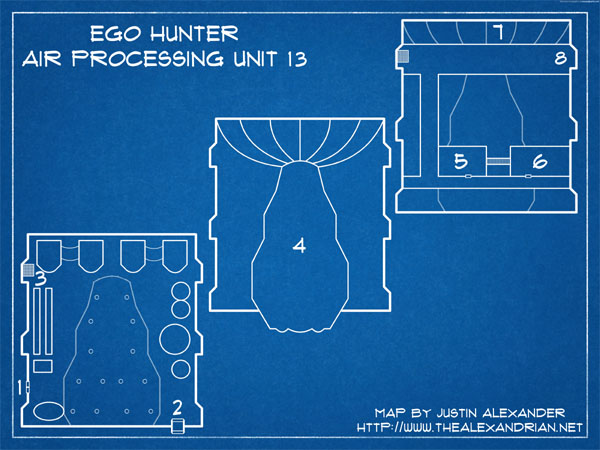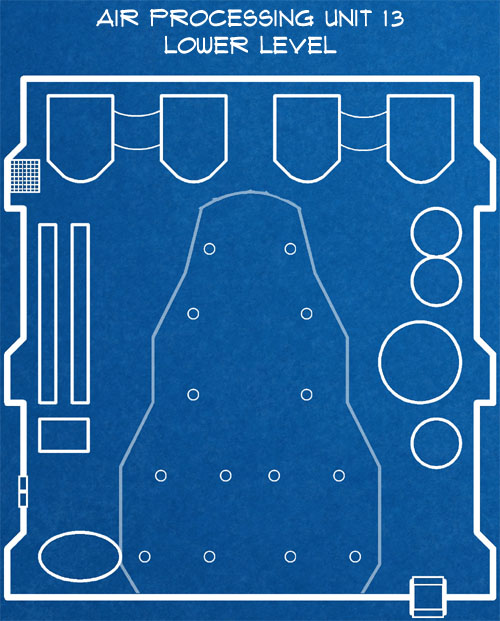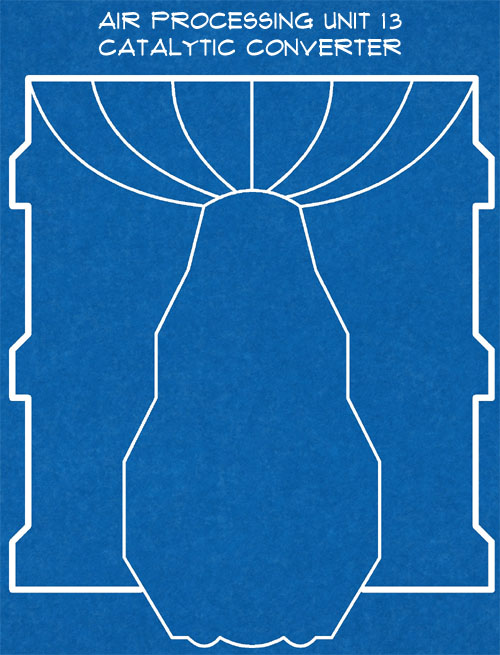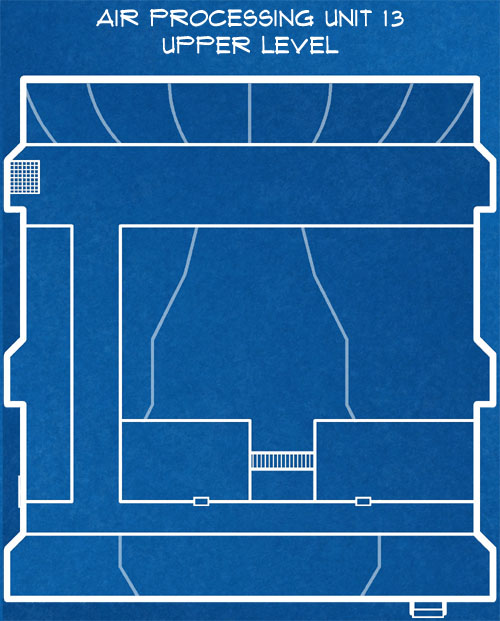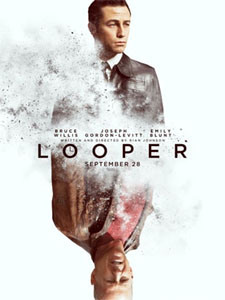Ego Hunter is a one-shot scenario for the Eclipse Phase roleplaying game.
Eclipse Phase is a roleplaying game set on just the other side of the singularity: Earth has fallen to apocalyptic AI and most of the “survivors” only escaped by uploading their minds into machines and beaming them to our extraplanetary colonies. Many of these uploaded egos remain stored in stasis: The few who are pulled from storage and sleeved into new bodies are selected because someone on the outside has a use for them… and when they wake up, they have a debt to pay.
The scenario concept for Ego Hunter is immediately captivating: You’re all beta forks of a single individual. In other words, you’re partial mind-clones with incomplete memories that have been “forked” from your original alpha personality in order to carry out some specific task. You return home expecting to be reintegrated with your primary personality… but instead you wake up, surprised to find that you’ve been re-sleeved into a new body. Your alpha is nowhere to be found, nothing makes any sense… and then people start getting murdered.
The scenario is great, but I found its rambling presentation and lack of organization to be significantly debilitating. So I’ve put together a rather extensive set of prep notes that I think other people interested in running the scenario will find useful. It includes stuff like:
- An easy-to-reference timeline of past events so that the GM can easily grasp the mystery being solved.
- Pulling together all of the disparate information on the “big problem” so that it can be easily referenced on a single page.
- A comprehensive revelations list to make managing the mystery on-the-fly as easy as possible (as discussed in the Three Clue Rule).
- Pulling all the stat blocks referenced from the core rulebook so that they’ll be available at your fingertips.
There are also several chunks of new material: I’ve clarified the node-structure and beefed up the investigation in a few places where it seemed a little threadbare. I’ve also fleshed out other material.
SPOILER WARNING
These prep notes also feature two major revisions to the original scenario.
First, I’ve tweaked the player characters in order to tighten the scenario’s focus on the interesting premise of “you’re all playing the same character”. Most notably, this includes redesigning Nkeka’s role in the adventure so that he pretends to be one of the beta forks in order to infiltrate the operation. Study the character briefings at the end of the prep notes to make sure you understand the dynamics of the group.
These character briefings are also designed to be given to each player. The scenario requires Nkeka Adesoji (posing as B6) and Roque Vera. Park Soon-Ok is an optional character who can be played as an NPC. (I recommend using up all five of the Achjima beta forks before assigning Park Soon-Ok to a player.)
MAPS
The other major revision to the original scenario is Air Processing Unit 13. I found very little utility in the published version of the map, so I redesigned it:
(large version / no key)
And there are also versions isolating each level. You can click each image below to get a larger version:
WHAT YOU NEED
In order to fully understand the concept and background of the scenario, you will probably need a copy of the original adventure. The original adventure also includes the pregenerated character sheets for the PCs (which can be paired to the customized character briefings found in the prep notes PDF).
You may be asking yourself: “If you had to go to all this trouble, why should I pick up the original adventure? It’s clearly horrible!” If so, I’m afraid you’ve misunderstood me. The original scenario is really great. I’ve just organized the material and added a couple of tweaks.
The Ego Hunter: Prep Notes PDF and associated maps are licensed under the Creative Commons Attribution-Noncommercial-ShareAlike 3.0 Unported License.


